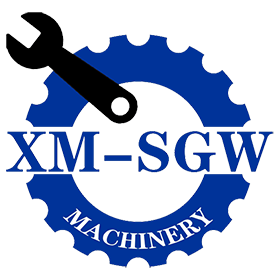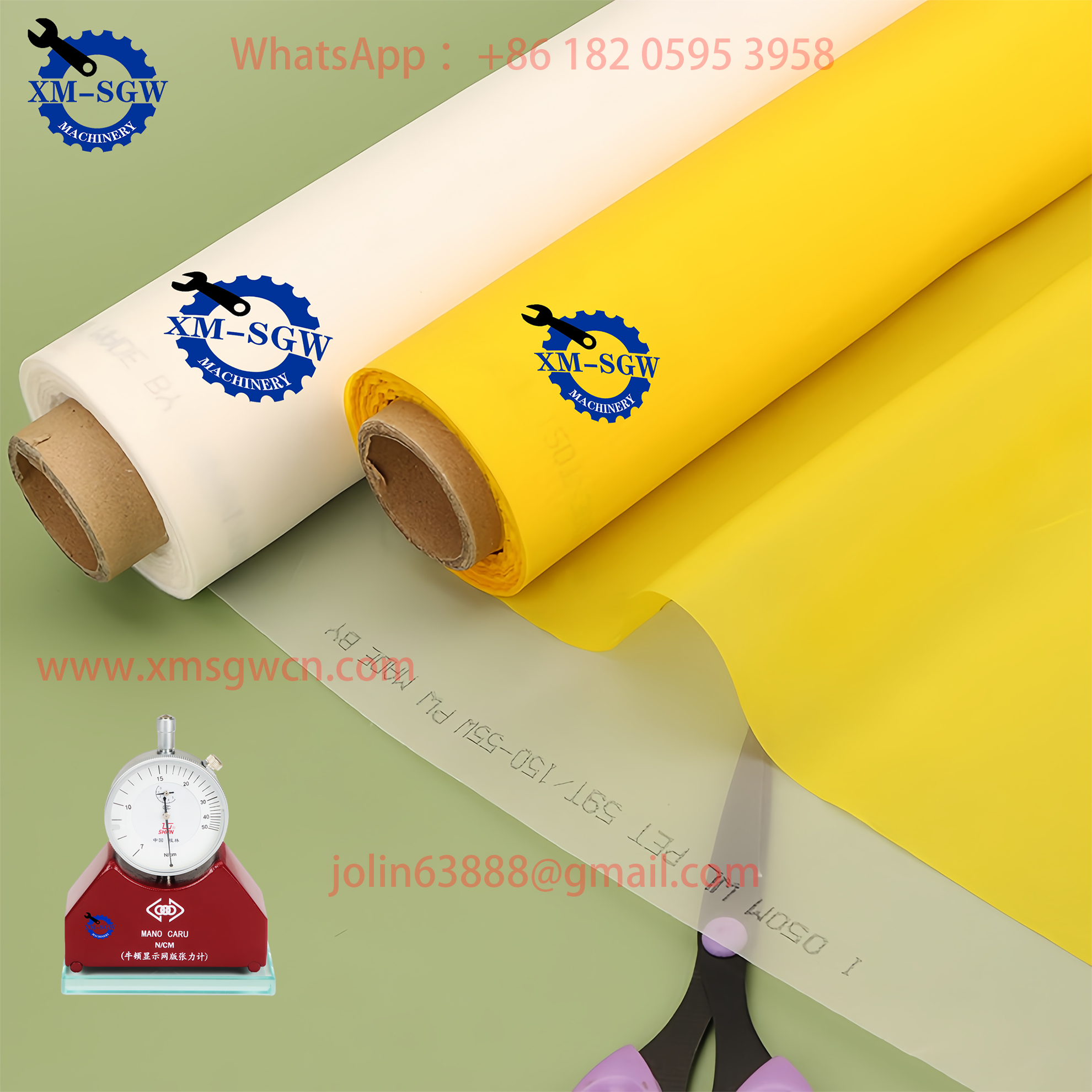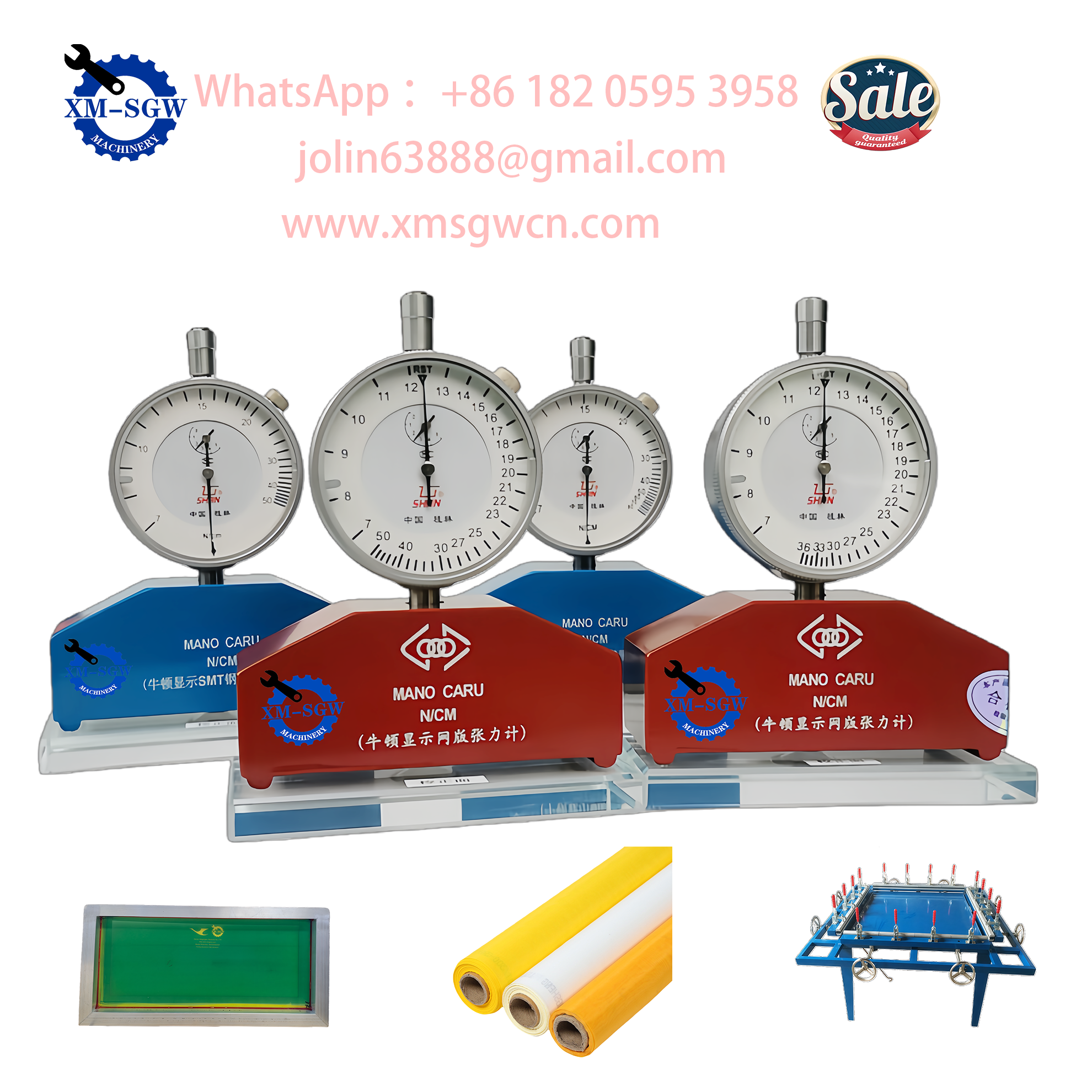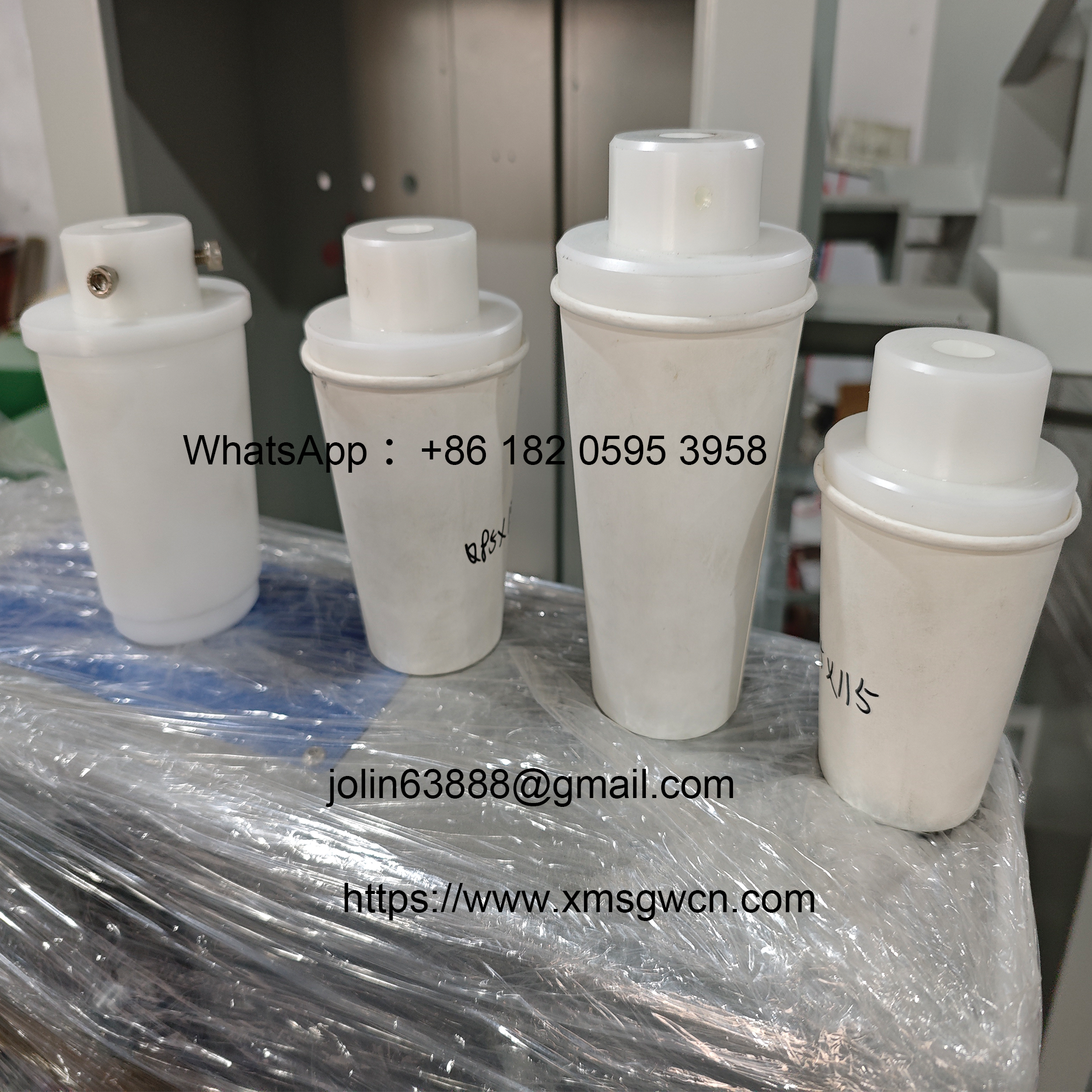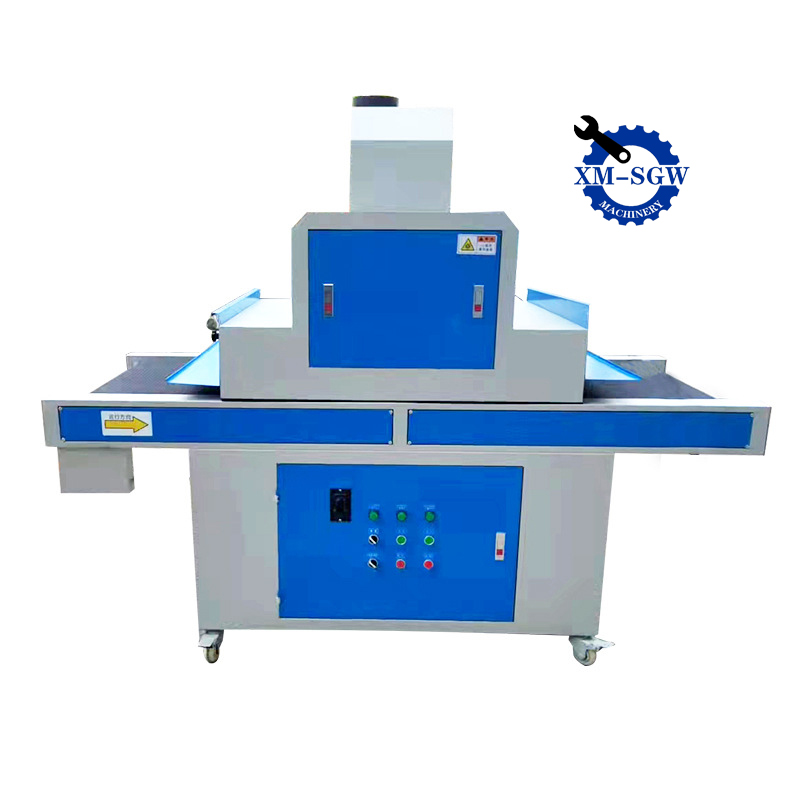In today’s fast-paced manufacturing landscape—where speed, sustainability, and precision are non-negotiable—UV curing machines have emerged as a game-changer. Unlike traditional drying methods (e.g., heat or air-drying) that rely on solvent evaporation (slow, energy-heavy, and prone to quality issues), UV curing machines use ultraviolet (UV) light to instantly harden (cure) UV-sensitive materials like inks, coatings, adhesives, and resins. This technology not only cuts production time by 50–90% but also reduces waste, improves product durability, and aligns with eco-friendly goals. Whether you’re printing labels, coating electronics, or manufacturing medical devices, understanding UV curing machines is key to staying competitive. Let’s explore every critical aspect of this essential equipment.
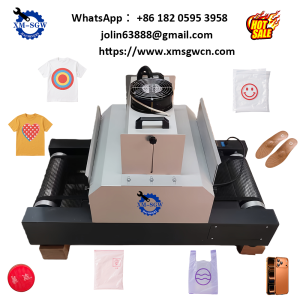
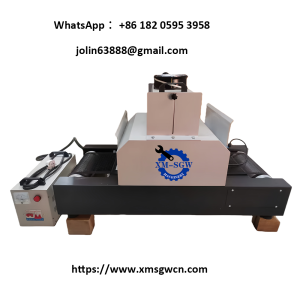

What Is a UV Curing Machine?
A UV curing machine (also called a UV dryer or UV curing system) is a specialized device that uses controlled UV light to trigger a rapid chemical reaction—known as photopolymerization—in UV-curable materials. Unlike heat-based drying (which evaporates solvents), UV curing transforms liquid or semi-liquid materials into solid, durable layers in seconds by activating photoinitiators in the material. These photoinitiators absorb UV energy, break down, and initiate cross-linking between molecules in the material (e.g., ink, coating), creating a hard, scratch-resistant, and chemical-resistant finish.
Core components of a UV curing machine include:
- UV Light Source: The heart of the system (mercury lamps, LED arrays, or hybrid sources).
- Reflector/Optics: Directs UV light evenly onto the material to ensure uniform curing.
- Conveyor System (for industrial models): Moves materials through the curing zone at a steady speed (adjustable for different materials).
- Cooling System: Prevents overheating (critical for LED sources and heat-sensitive substrates like plastic or paper).
How Does a UV Curing Machine Work?
The process of UV curing is simple, fast, and consistent—here’s a step-by-step breakdown of the typical workflow:
1. Prepare the UV-Curable Material & Substrate
First, the UV-sensitive material (e.g., UV ink, clear coating, or adhesive) is applied to the substrate (e.g., paper, plastic, metal, glass, or PCB boards) using methods like printing, spraying, or rolling. The material must be formulated for UV curing (contains photoinitiators and monomers/polymers).
2. Feed the Substrate into the Machine
- For small-scale operations (e.g., desktop models): The substrate is placed manually on the machine’s platform.
- For high-volume production (e.g., industrial conveyor systems): The substrate is fed automatically onto a conveyor belt, which moves it into the curing zone at a pre-set speed (matched to the material’s required curing time).
3. UV Light Exposure: Instant Curing
Once in the curing zone, the UV light source activates. The UV light (typically 200–400 nm wavelength, matching the material’s photoinitiator absorption range) penetrates the UV-curable layer:
- Photoinitiator Activation: UV energy is absorbed by photoinitiators, which split into free radicals.
- Cross-Linking Reaction: These free radicals react with monomers and oligomers in the material, creating a dense, cross-linked polymer network.
- Solidification: This reaction happens in seconds (often 1–5 seconds, vs. minutes/hours for heat drying), transforming the liquid material into a hard, stable solid.
4. Post-Curing (Optional)
For thick materials (e.g., 5mm+ resin parts) or applications requiring maximum durability (e.g., industrial coatings), some systems include a secondary “post-cure” zone. This uses lower-intensity UV light to ensure full cross-linking throughout the material, eliminating any uncured layers and enhancing performance.
Types of UV Curing Machines: Match to Your Production Needs
UV curing machines are designed to fit diverse industry requirements—they’re categorized by UV light source and form factor (size/design). Here are the most common types:
1. By UV Light Source (The Most Critical Distinction)
The light source defines the machine’s speed, energy efficiency, material compatibility, and operating costs.
A. Mercury Lamp UV Curing Machines
- Technology: Use high-pressure mercury vapor lamps (emitting UV light across 200–450 nm, with peaks at 254 nm, 313 nm, and 365 nm).
- Advantages: High intensity (ideal for thick or fast-moving materials), compatible with most traditional UV-curable products (inks, coatings), and lower upfront cost.
- Disadvantages: Short lifespan (800–1,500 hours), high energy consumption (wastes energy as heat), emits ozone (requires ventilation), and generates heat (risky for heat-sensitive substrates like thin plastic).
- Best For: High-volume production of non-heat-sensitive items (e.g., metal parts coating, glass printing).
B. LED UV Curing Machines
- Technology: Use UV-LED arrays (typically 365 nm, 385 nm, or 405 nm wavelengths—tunable to match specific photoinitiators).
- Advantages: Ultra-long lifespan (50,000–100,000 hours), 50–70% lower energy use than mercury lamps, no ozone emission, minimal heat (safe for plastic, paper, and electronics), and instant on/off (no warm-up time).
- Disadvantages: Higher upfront cost (offset by long-term savings), narrower wavelength range (requires UV-curable materials formulated for LED wavelengths).
- Best For: Most modern applications—especially heat-sensitive substrates (e.g., PCB coatings, plastic packaging, label printing) and businesses prioritizing sustainability.
C. Hybrid UV Curing Machines
- Technology: Combine mercury lamps and LED arrays in one system.
- Advantages: Flexible—works with both traditional (mercury-compatible) and LED-formulated UV materials. Ideal for shops transitioning between old and new workflows.
- Disadvantages: Larger size and higher cost than single-source machines.
- Best For: Medium-to-large manufacturers with diverse product lines (e.g., printing shops handling both paper and plastic jobs).
2. By Form Factor (Size & Design)
A. Desktop UV Curing Machines
- Size: Compact (typically 50–100 cm wide), designed for small batches or lab use.
- Features: Manual or semi-automatic operation, low power (50–300W), and small curing areas (up to 30×40 cm).
- Best For: Small businesses, startups, or R&D labs (e.g., 3D resin printing, small-scale jewelry coating, sample production).
B. Conveyor UV Curing Machines
- Size: Industrial-grade (1–5 meters long), with automated conveyor belts.
- Features: Adjustable conveyor speed (0.5–10 m/min), multiple UV 灯 (lamps/LED arrays) for continuous curing, and large curing widths (up to 2 meters).
- Best For: High-volume production lines (e.g., label printing, plastic sheet coating, PCB assembly lines).
C. Custom UV Curing Machines
- Design: Tailored to unique applications (e.g., curved surfaces, 3D parts, or integration with existing production lines).
- Examples: UV curing systems for automotive parts (curved plastic trim), medical device coating (small, intricate components), or 3D printed objects (full-volume curing).
- Best For: Manufacturers with specialized needs (e.g., aerospace, medical, or automotive industries).
Key Applications of UV Curing Machines Across Industries
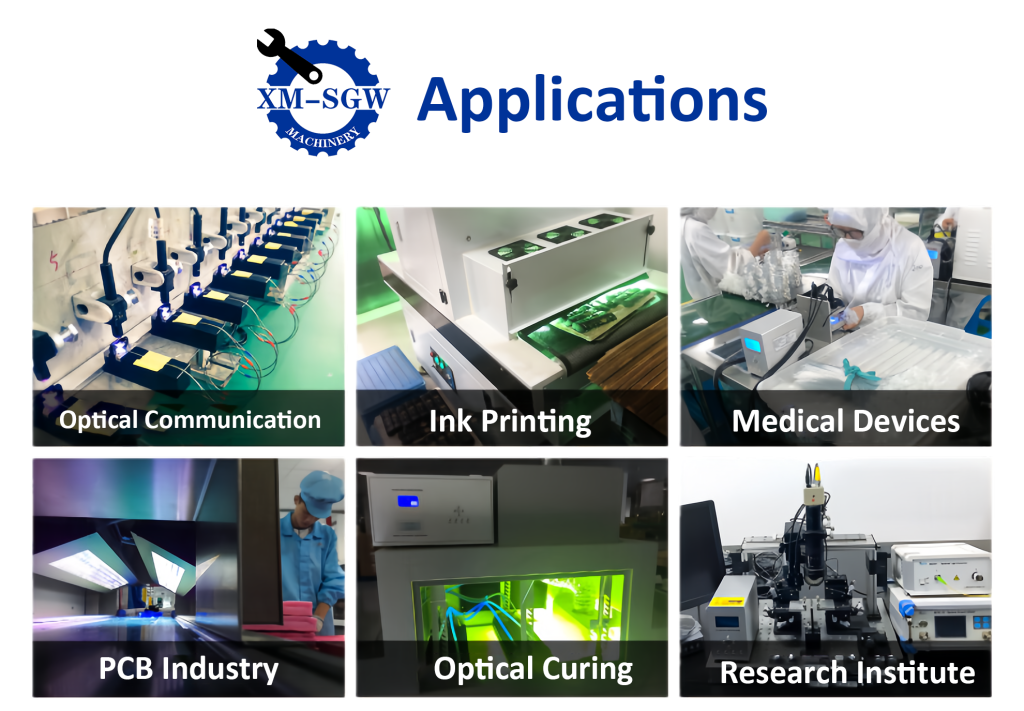
UV curing machines are versatile—here’s how they’re used in major sectors:
1. Printing & Packaging
- Uses: Curing UV inks for labels, flexible packaging (e.g., snack bags), corrugated boxes, and metal cans. Also cures clear coatings for matte/glossy finishes on printed materials.
- Benefits: Instant drying eliminates smudging, allows faster printing speeds (up to 1,000 feet per minute), and creates scratch-resistant prints that withstand shipping/handling.
2. Electronics & PCB Manufacturing
- Uses: Curing conformal coatings (protective layers) on PCBs (prevents dust/moisture damage), curing adhesives for component assembly (e.g., bonding chips to boards), and hardening solder masks (defines circuit paths).
- Benefits: LED-based systems avoid heat damage to sensitive electronics, and fast curing reduces production time for devices like smartphones and wearables.
3. 3D Printing (Resin)
- Uses: Curing liquid photopolymer resin in SLA (Stereolithography) or DLP (Digital Light Processing) 3D printers—both layer-by-layer during printing and post-curing for full strength.
- Benefits: Post-curing with UV machines improves resin part strength by 30–50% and enhances resistance to heat/chemicals.
4. Furniture & Building Materials
- Uses: Curing UV coatings on wood furniture (tables, cabinets), flooring (vinyl planks), and decorative panels (acrylic or MDF).
- Benefits: Creates a durable, stain-resistant finish that’s faster to apply than traditional polyurethane (no sanding between coats).
5. Medical & Dental
- Uses: Curing dental composites (fillings, crowns), medical device coatings (syringes, catheters), and surgical instrument adhesives.
- Benefits: UV curing is sterile (no solvent fumes), and the resulting materials meet biocompatibility standards (safe for human contact).
How to Choose the Right UV Curing Machine
Selecting a UV curing machine requires balancing your production needs, budget, and material compatibility. Here are the top factors to consider:
1. Define Your Material & Substrate
- Material Type: Check if your UV-curable ink/coating/adhesive is formulated for mercury lamps or LEDs. Most new materials are LED-compatible, but older stocks may require mercury.
- Substrate Sensitivity: If using heat-sensitive materials (plastic, thin paper, electronics), choose an LED system (minimal heat). For non-sensitive substrates (metal, glass), mercury or hybrid works.
2. Match to Production Volume & Speed
- Small Batches/Lab Use: Desktop LED machines (affordable, low power).
- High-Volume Lines: Conveyor LED or hybrid machines (adjustable speed, continuous curing).
- Curing Speed Requirement: Calculate the needed speed (e.g., 5 meters per minute for label printing) and ensure the machine’s power (Wattage) can cure the material at that pace.
3. Consider Curing Area & Size
- Width/Height: Ensure the machine’s curing zone fits your largest substrate (e.g., a 1-meter wide conveyor for 80cm plastic sheets).
- 3D vs. Flat Substrates: For 3D parts (e.g., 3D printed objects), choose a machine with adjustable light angles or a chamber design (vs. flat conveyors).
4. Evaluate Operating Costs & Sustainability
- Energy Use: LED machines save 50–70% on electricity vs. mercury—critical for long-term savings.
- Maintenance Costs: Mercury lamps need replacement every 1,000 hours (costly), while LEDs last 50,000+ hours.
- Ozone & Ventilation: Mercury machines require ozone filters/ventilation (extra cost), while LEDs have no ozone.
5. Prioritize Safety Features
- UV Shielding: Ensure the machine has enclosed curing zones (prevents UV exposure to workers—UV light can damage eyes/skin).
- Emergency Stop: Industrial models should include emergency stop buttons for conveyor systems.
- Cooling System: Overheating damages both the machine and substrates—look for built-in fans or water cooling (for high-power models).
Final Thoughts
UV curing machines are no longer a “nice-to-have”—they’re a necessity for manufacturers looking to boost speed, improve quality, and reduce environmental impact. Whether you’re upgrading from heat drying or switching from mercury to LED systems, the right UV curing machine will streamline your workflow and help you meet growing customer demands for faster, more durable products.
Ready to find the perfect UV curing solution for your business? Our team offers a range of desktop, conveyor, and custom LED UV curing machines—tailored to printing, electronics, 3D printing, and medical applications. Contact us today for a free consultation or to schedule a demo of our energy-efficient LED systems.
This article covers UV curing machines’ technical details, industry-specific applications, and practical decision-making guidance to support professionals in different sectors. If you want to highlight a particular use case (e.g., focus solely on UV curing for 3D resin printing) or add specific product parameters (like curing speed for certain materials), feel free to share your needs—I can refine the content to better align with your target audience.
